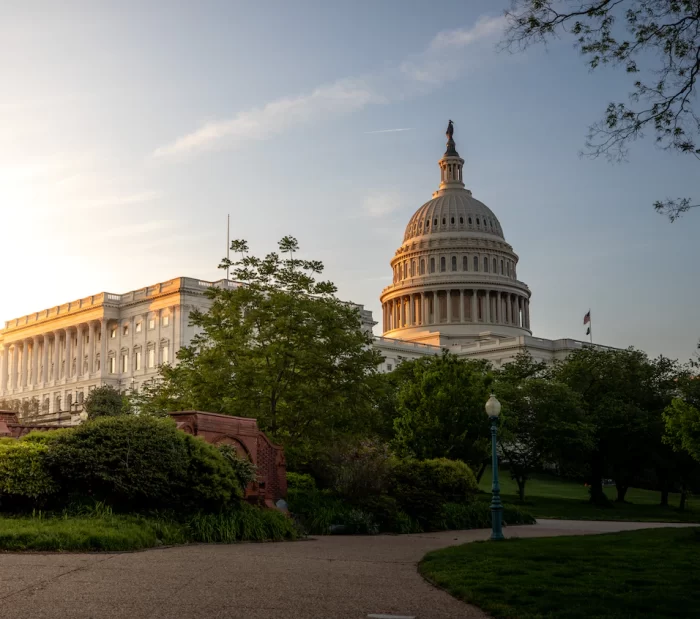Public-private partnership (P3) engagements are continually becoming more common and that is because of two basic reasons. First, significant amounts of funding are required – but rarely available – for large and complex projects that carry multi-million-dollar project costs. Secondly, many projects require specific types of unique expertise that public entities do not have available internally. Collaborative initiatives are the safest, most efficient way to deliver large, complex projects and a P3 engagement can be structured in numerous ways to fit any type of project.
Because the trend is escalating and likely to become the norm, it is important for contractors and public officials alike to understand every aspect of these types of delivery models. A P3 engagement has some common components but the model can be structured in different ways.
All P3 engagements include an investment of private sector capital. The revenue does not have to cover the entire project cost, but that is most often the case. Federal funding to support large projects often requires a public entity to find a private sector partner willing to invest along with the federal government.
All P3 engagements require a revenue model repayment for the initial private sector investment and usually the project is designed for a contract that often stretches more than a decade or two for the repayment to be completed. Large global P3 contractors that have many years of experience tend to seek out only large projects to pursue. However, other experienced contractors are available for smaller projects. A small P3 project is usually at least $30 million and a large P3 project is more in the range of $100 million or more. Some public-private sector P3 engagements are billion-dollar initiatives, and a few are even larger.
Examples of upcoming P3 projects to be launched soon follow. The examples demonstrate the various types and sizes of P3 engagement opportunities that are available now.
City officials in Milwaukee, Wisconsin, plan to renovate a state-owned building and address upgrades to a 1,000-space parking structure. The project’s overall cost has been projected to be about $163 million. The desired delivery method is through a P3 engagement. The original 163,400-square-foot building has deferred maintenance needs and is overdue for upgrades. Since the building is property of the state, the Department of Administration in Wisconsin will oversee the project. This project is moving quickly, and solicitation documents could be issued late in 2023, but definitely by early 2024. Plans outlined indicate that the preferred revenue model for payback of the capital investment will be a lease contract with the private sector partner.

Photo/Unsplash 2023
A prime contractor will lead the project but most often, local subcontractors are sought for various parts of the effort.
The governor of Hawaii recently announced plans for a $400 million project to demolish the Aloha Stadium and construct a new facility. A P3 delivery method will be used. Later this year, there are plans to release solicitation documents and begin the process of selecting a developer to design, build, operate and maintain the new stadium. The existing facility must be demolished, and the design phase will be initiated at about the same time. The plan is for the private sector partner to also be responsible for developing some mixed-use development near the stadium. Revenue from that effort will offset some of the cost of construction, operation, and maintenance of the stadium. Planning documents indicate that the new stadium will be operational by 2028.
The Illinois General Assembly recently approved a resolution supporting a request from the state’s department of transportation to use a P3 engagement to construct approximately 20 miles of ne a cost of approximately $812 million. The plan is for managed lanes to run in both directions between Veterans Memorial Tollway and the Dan Ryan Expressway. Managed lanes will also be constructed on each side of a western section of I-55. Funding has been approved, an environmental study has been completed and solicitations have been issued for project advisors. No solicitations have been issued, however, for the construction phase of this project.
A $66 million project to construct a hotel and convention center is planned for Seguin, Texas. A feasibility study has been completed which validated the economic results, recommended the project, and outlined construction options. The plan is to deliver a 200-room hotel with convention space nearby. A private sector partner will be selected and both components of the effort will be included in one overall initiative.
City officials in Ashland, Kentucky have issued a request for information (RFI) to gauge interest and receive input on a conference center and parking facility to be delivered through a P3 engagement. A cost of $42 million has bee
n projected for the effort. A feasibility study was concluded and responses to the RFI are due August 25 of this year. RFIs are not final solicitation documents for the selection process but interested parties are urged to participate. The conference center project will be built on two nearby sites and the goal is to create 30,000 square feet of sellable event space. There are two options for the conference center’s parking needs – one would be to construct a new parking garage and the second option is to use city-owned property near the site to serve the conference center.
P3 development opportunities are currently abundant with numerous transit authorities throughout the country. Transit-oriented development has created an extremely high demand for private sector partners to deliver large construction projects. Other types of industry involvement are also required – private sector firms that can provide planning, professional services, engineering, technology, civic outreach, landscaping and more.
The quickest way for smaller firms to get involved in P3 engagements is to determine what part of the project they can deliver. Then, once project details are available, it is best to get involved with local stakeholders. The selection of a private sector partner is often highly influenced by companies that are well-positioned before final decisions are made. Simply put, it is important to get involved and be on the scene as soon as possible.

As President and CEO of Strategic Partnerships, Inc., Mary Scott Nabers has decades of experience working in the public-private sector. A well-recognized expert in the P3 and government contracting fields, she is often asked to share her industry insights with top publications and through professional speaking engagements. Get an exclusive look at upcoming trends and insider tips from Mary herself on the SPI blog.
Tags: aloha stadium, business opportunities, Contracting Opportunities, Federal Government, government marketplace, Hawaii, Illionois, Kentucky, P3s, Public-Private Partnerships, RFI, RFP, strategic partnships, Texas






 RSS Feed
RSS Feed